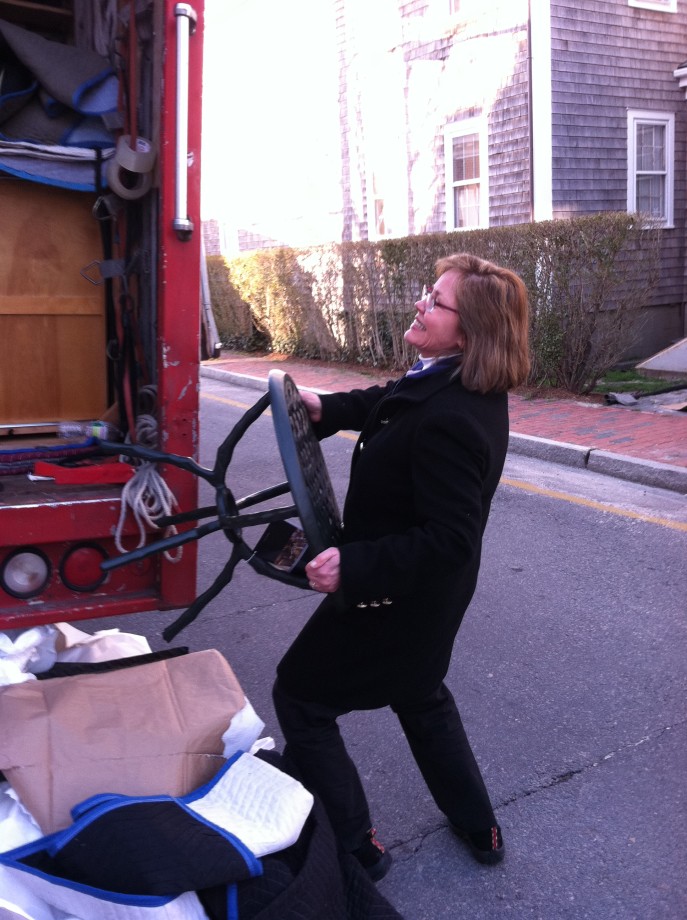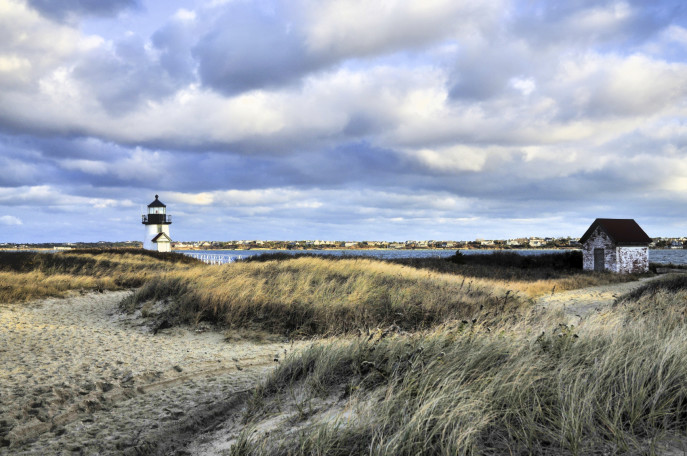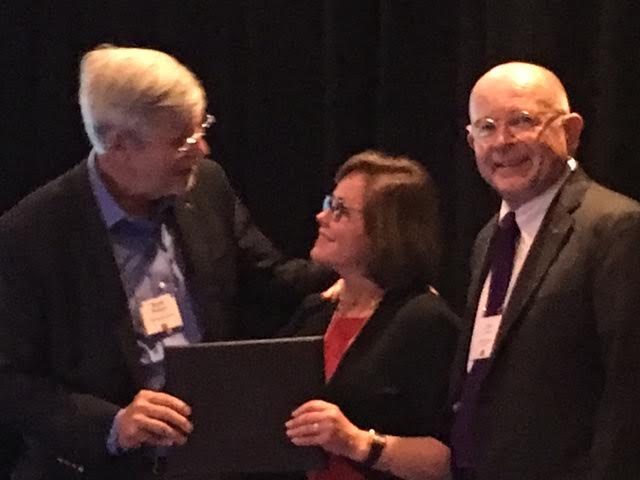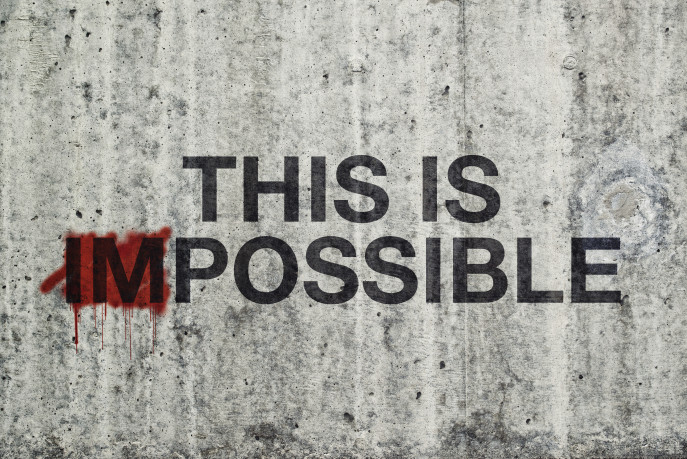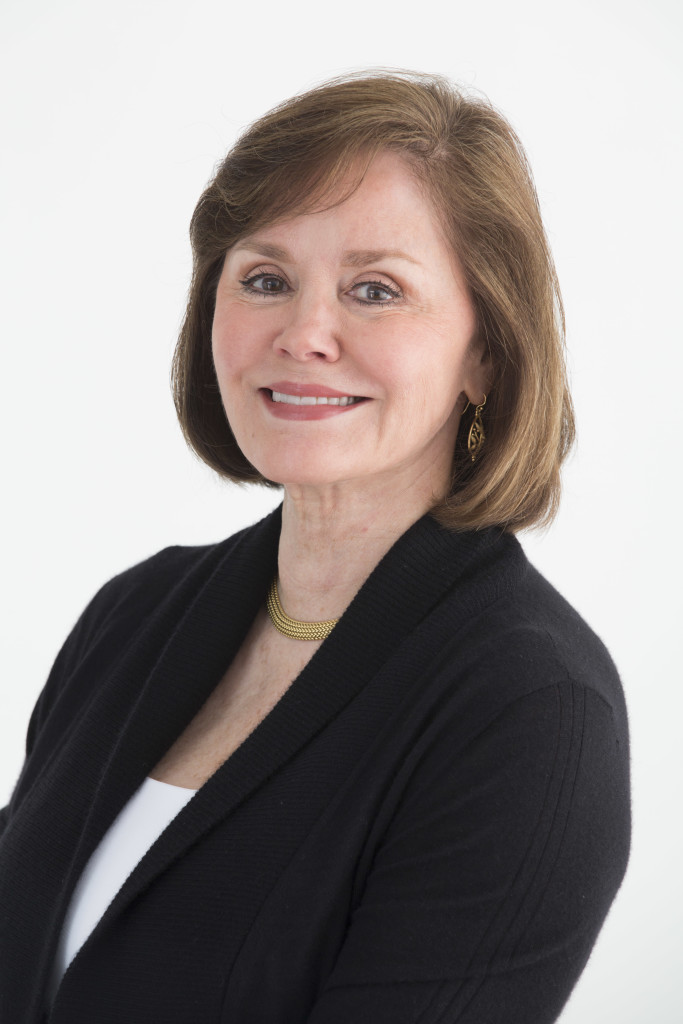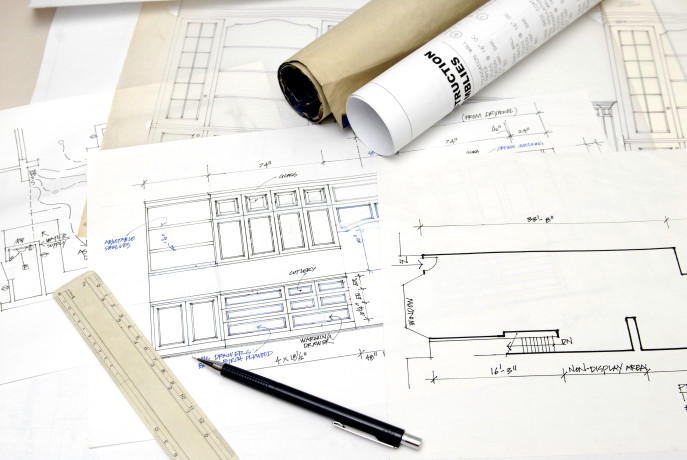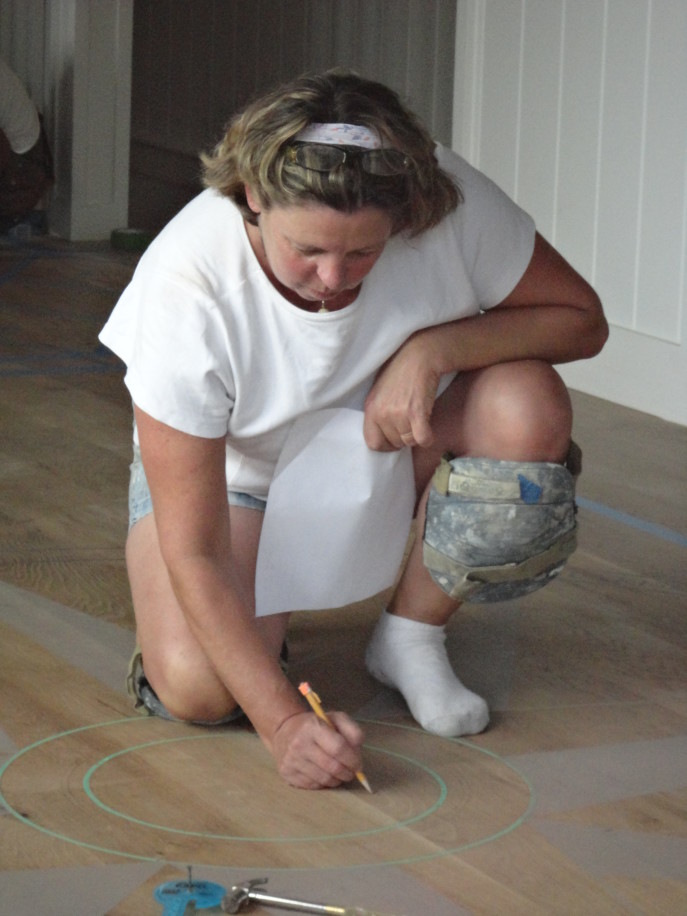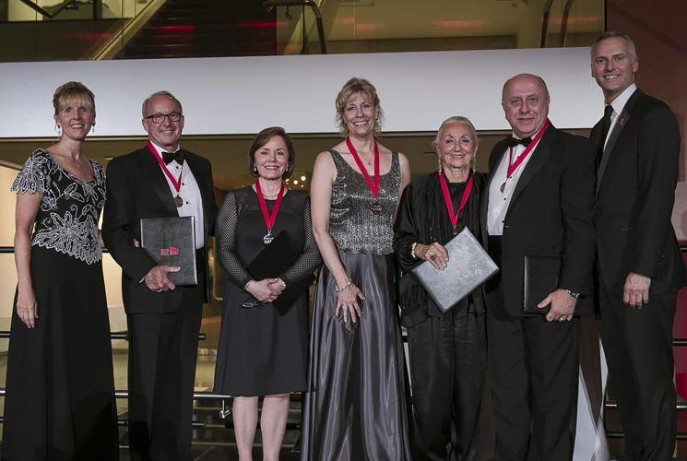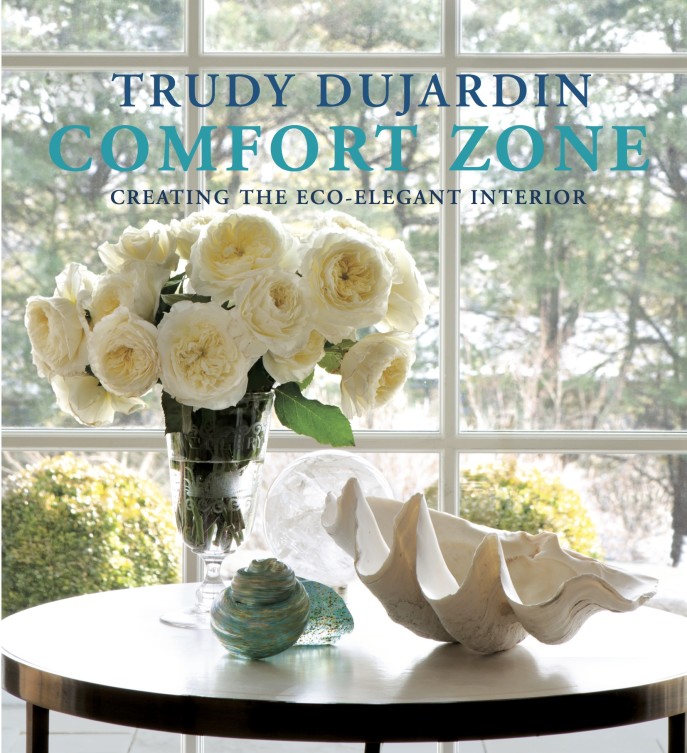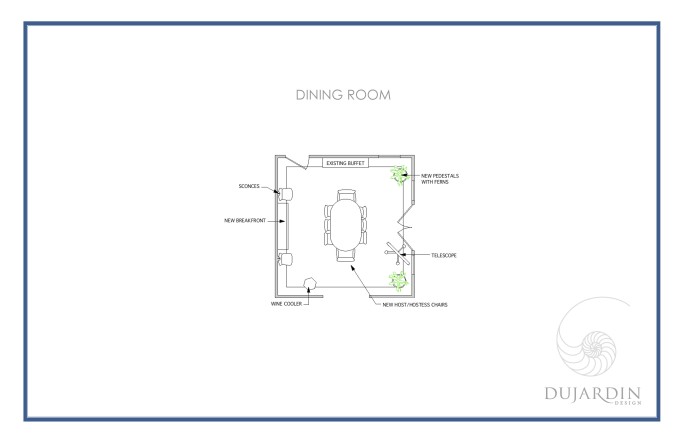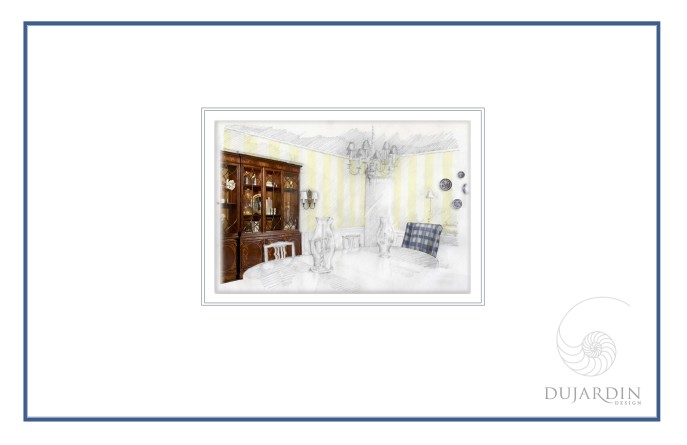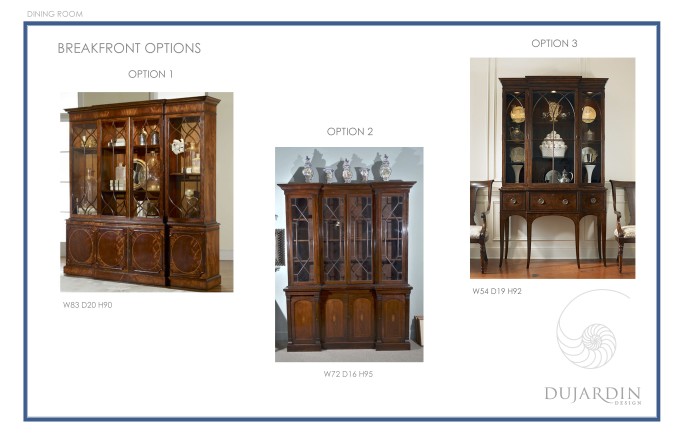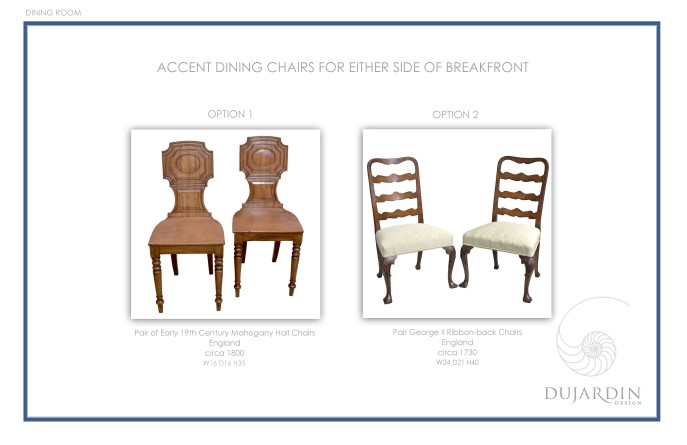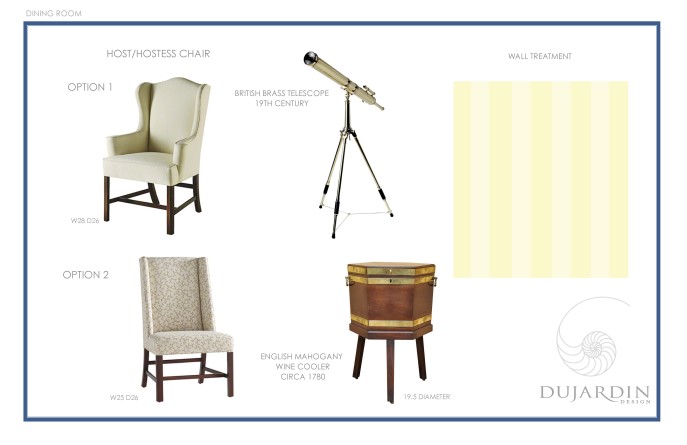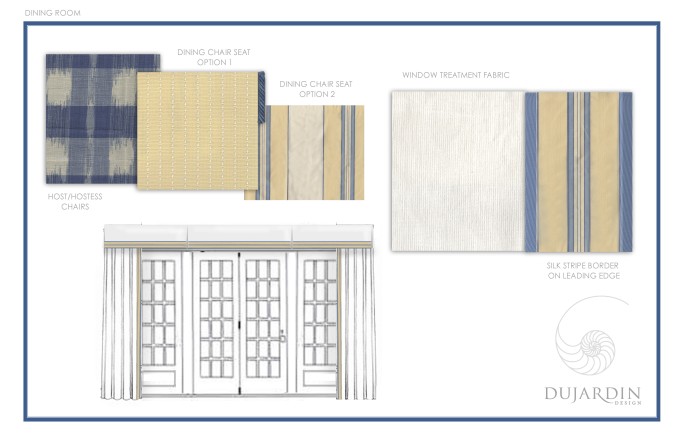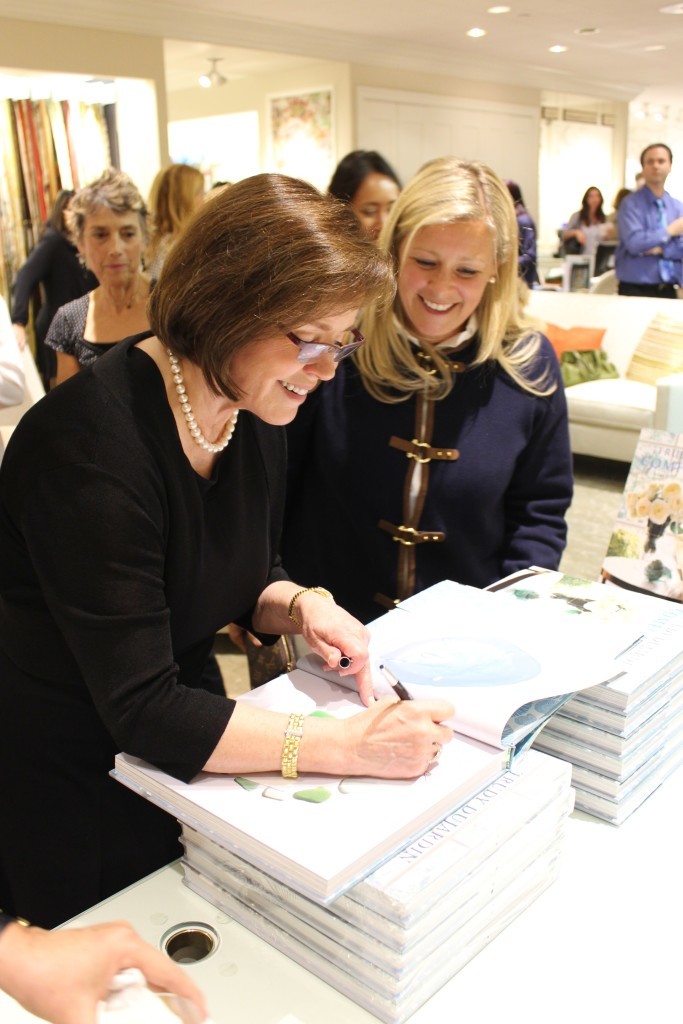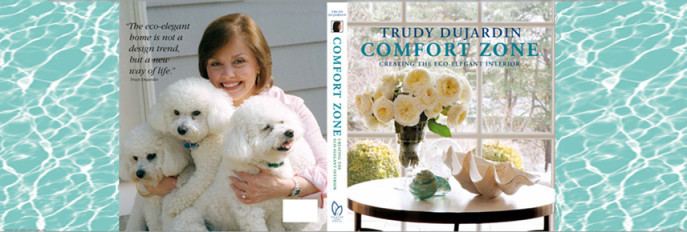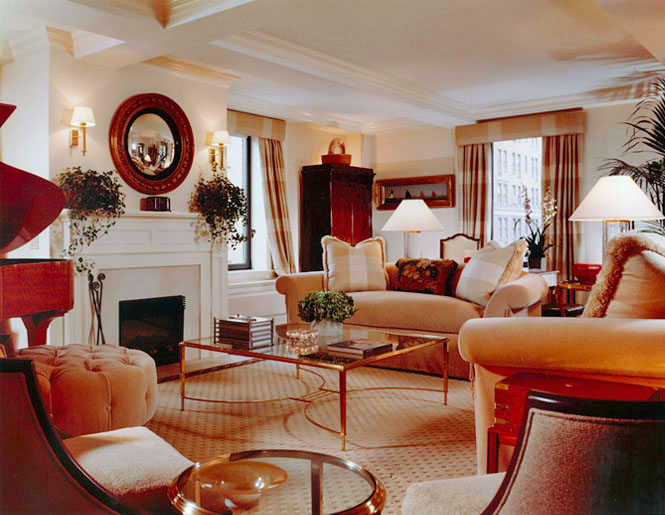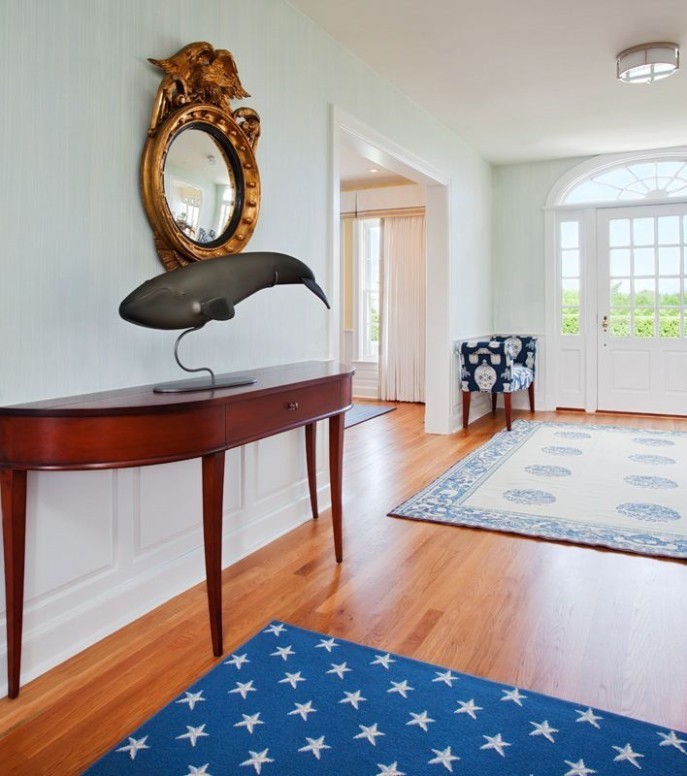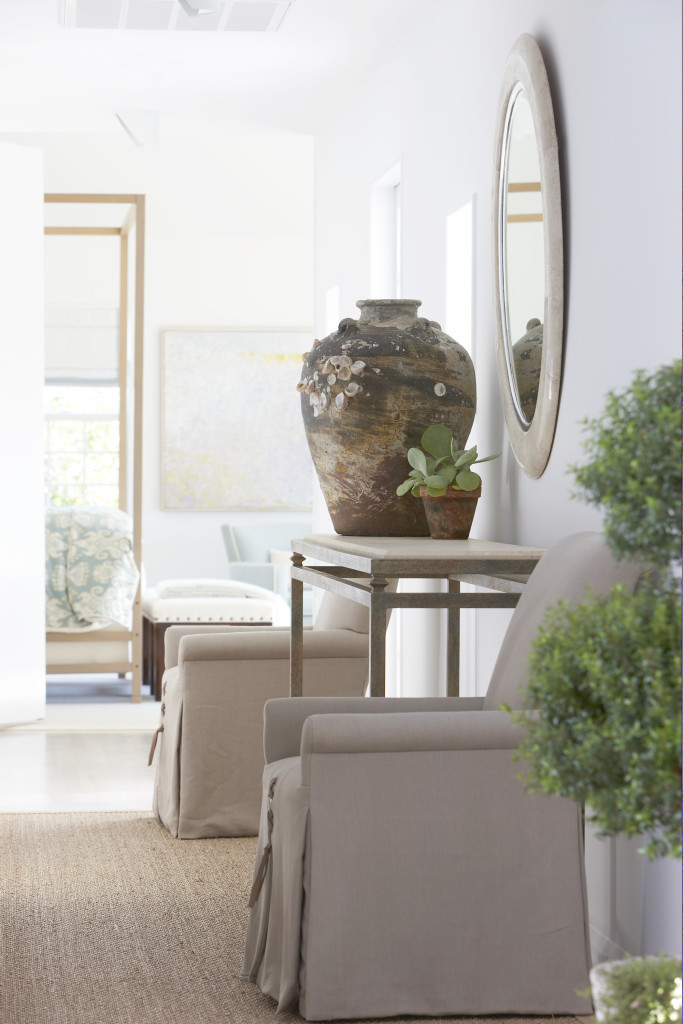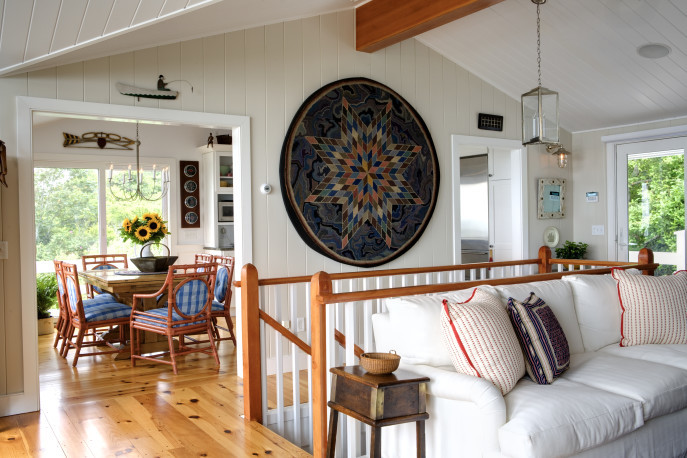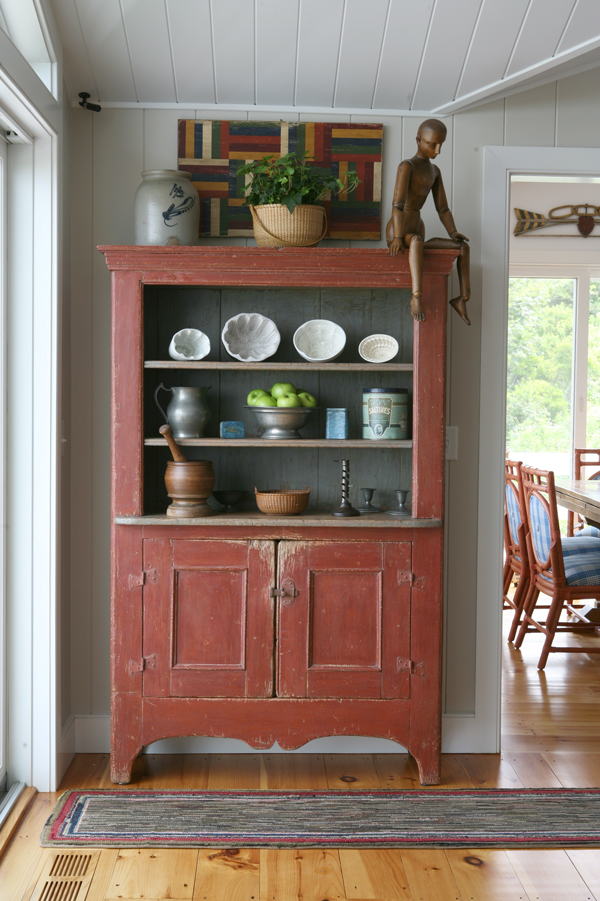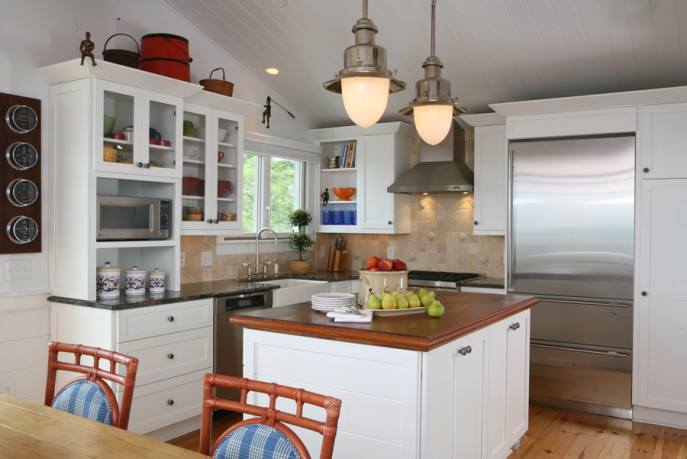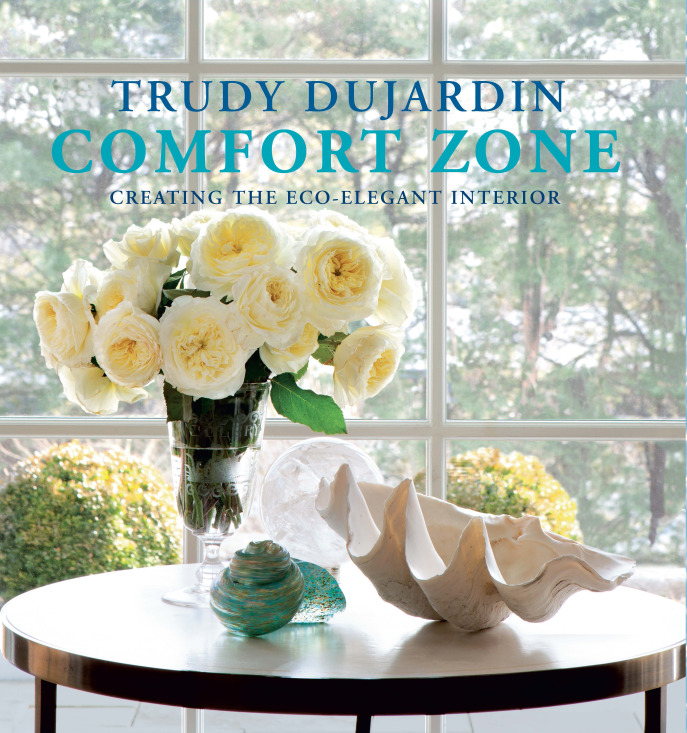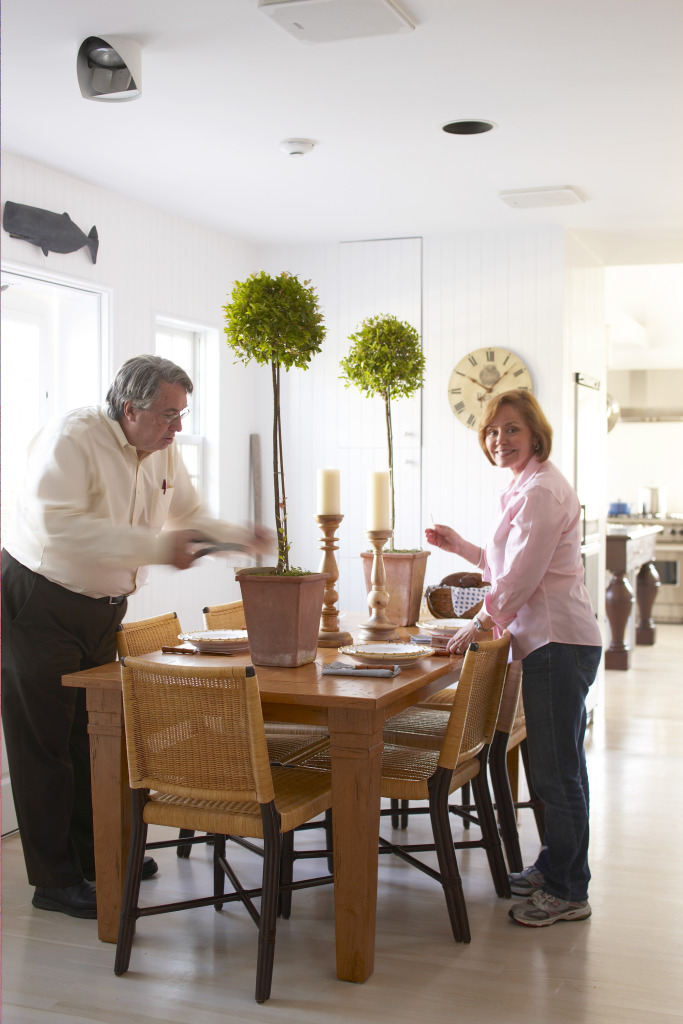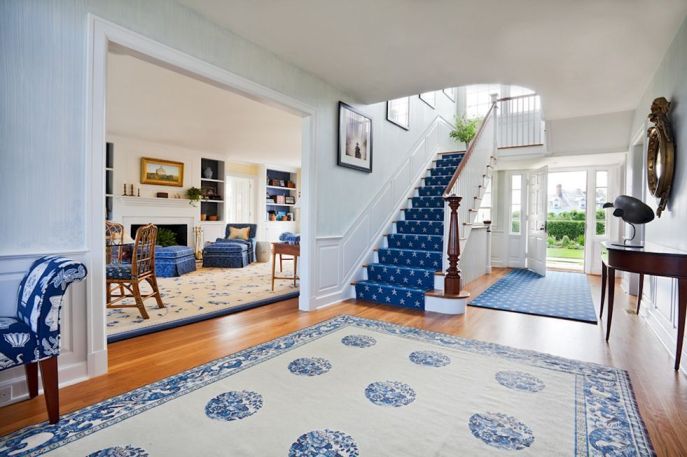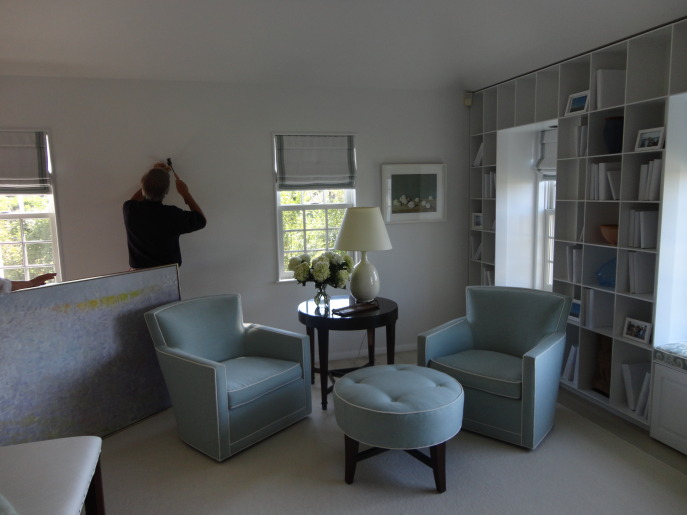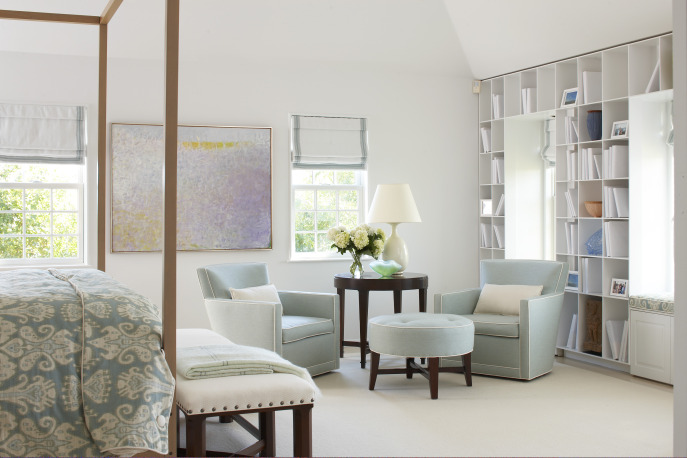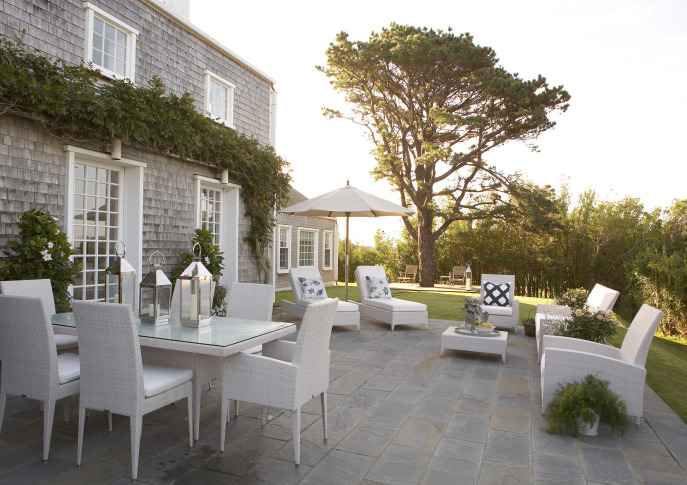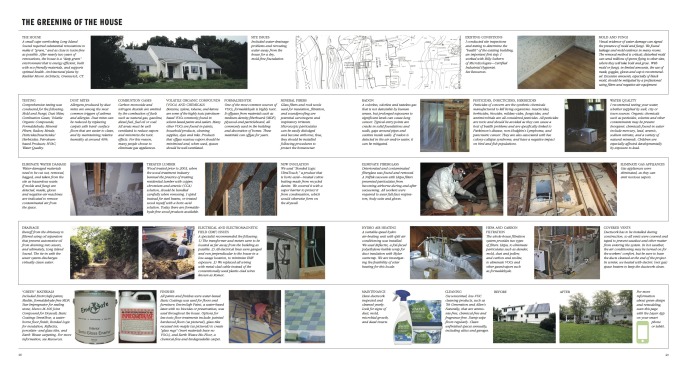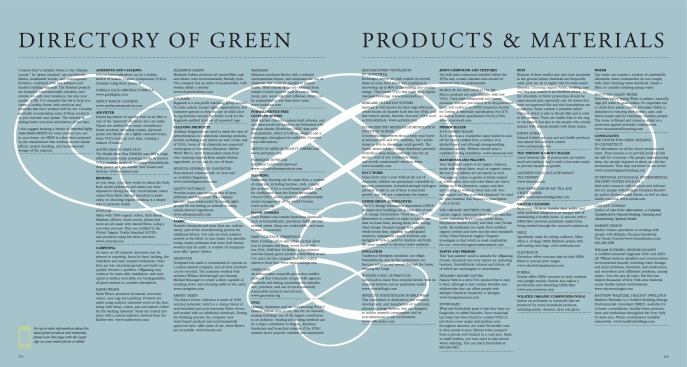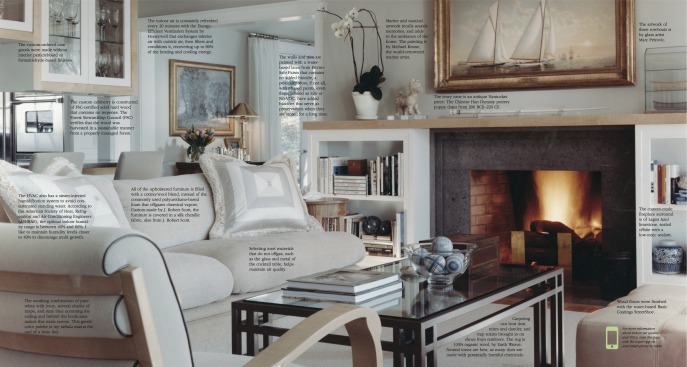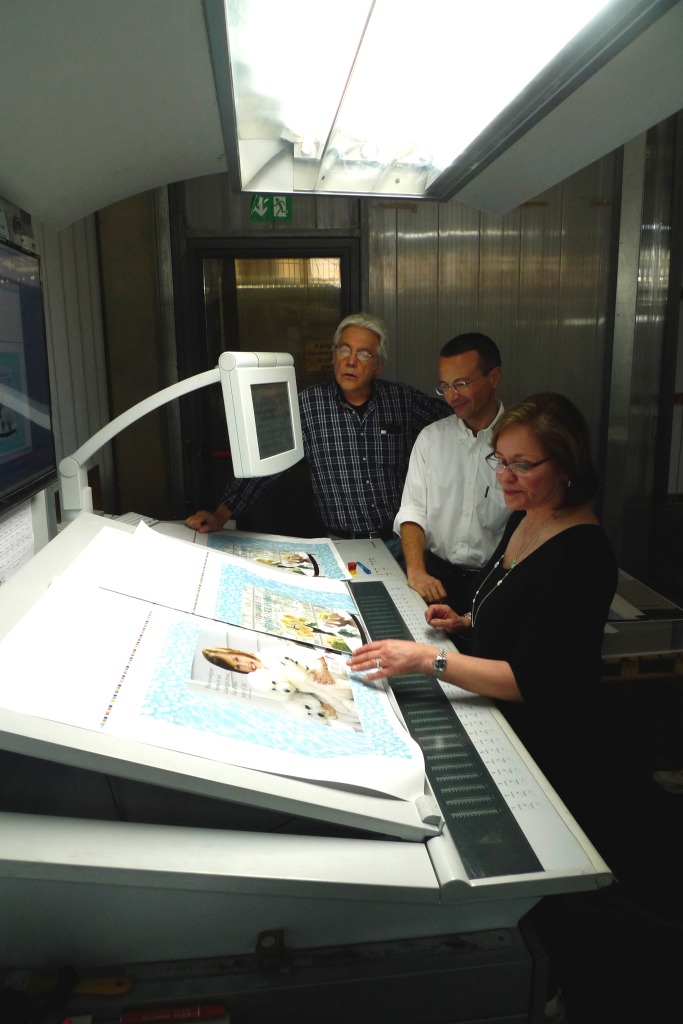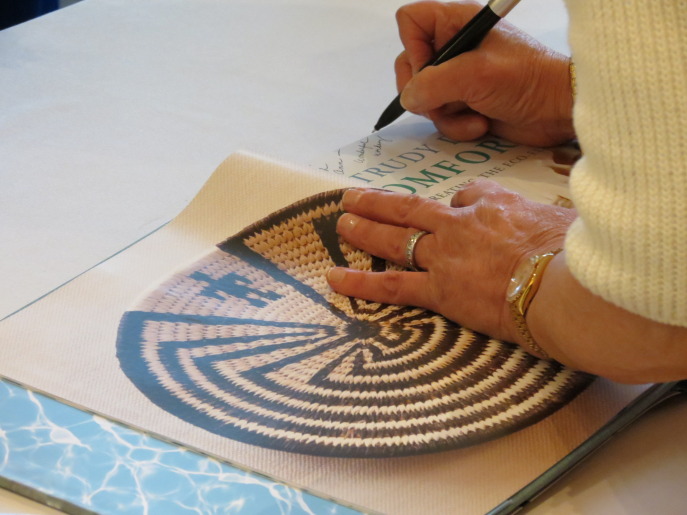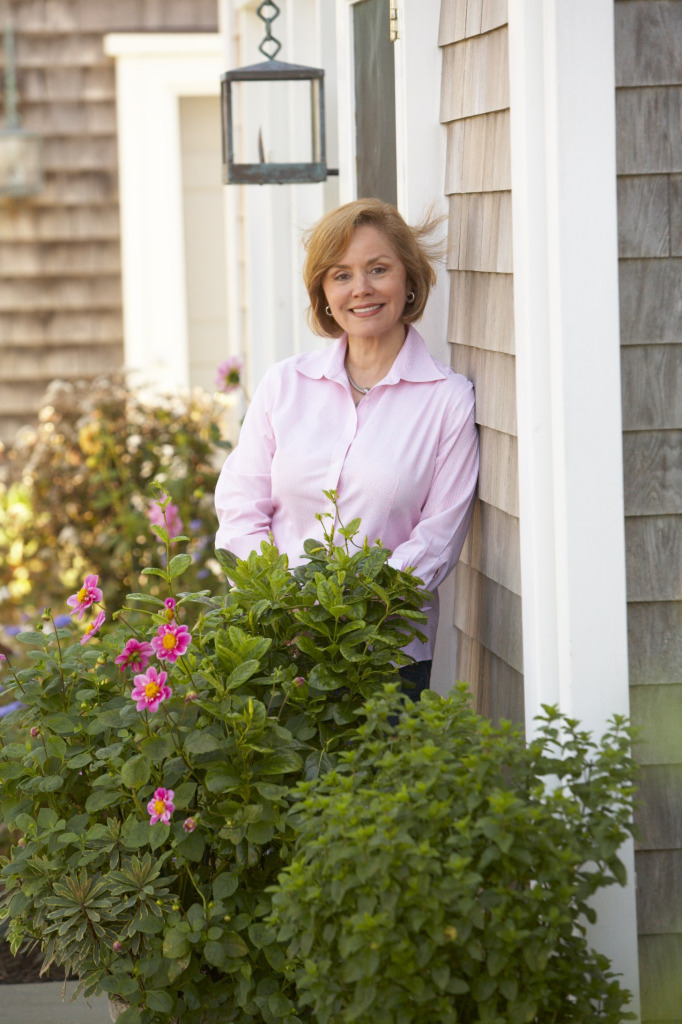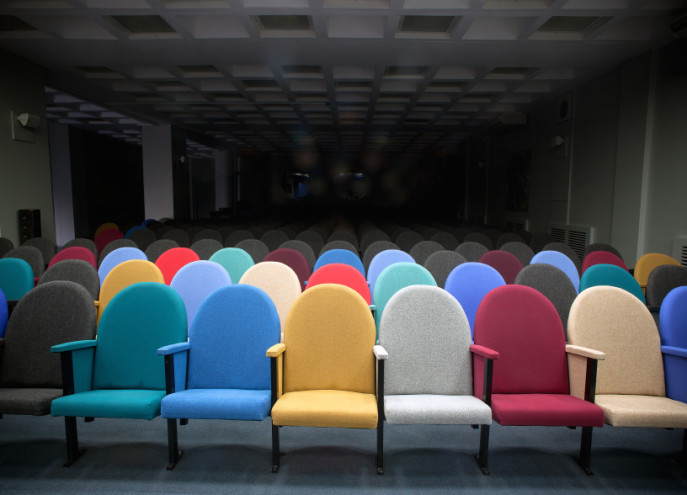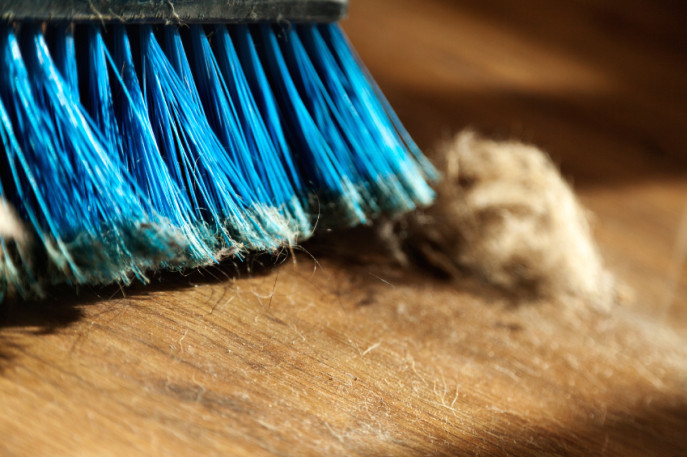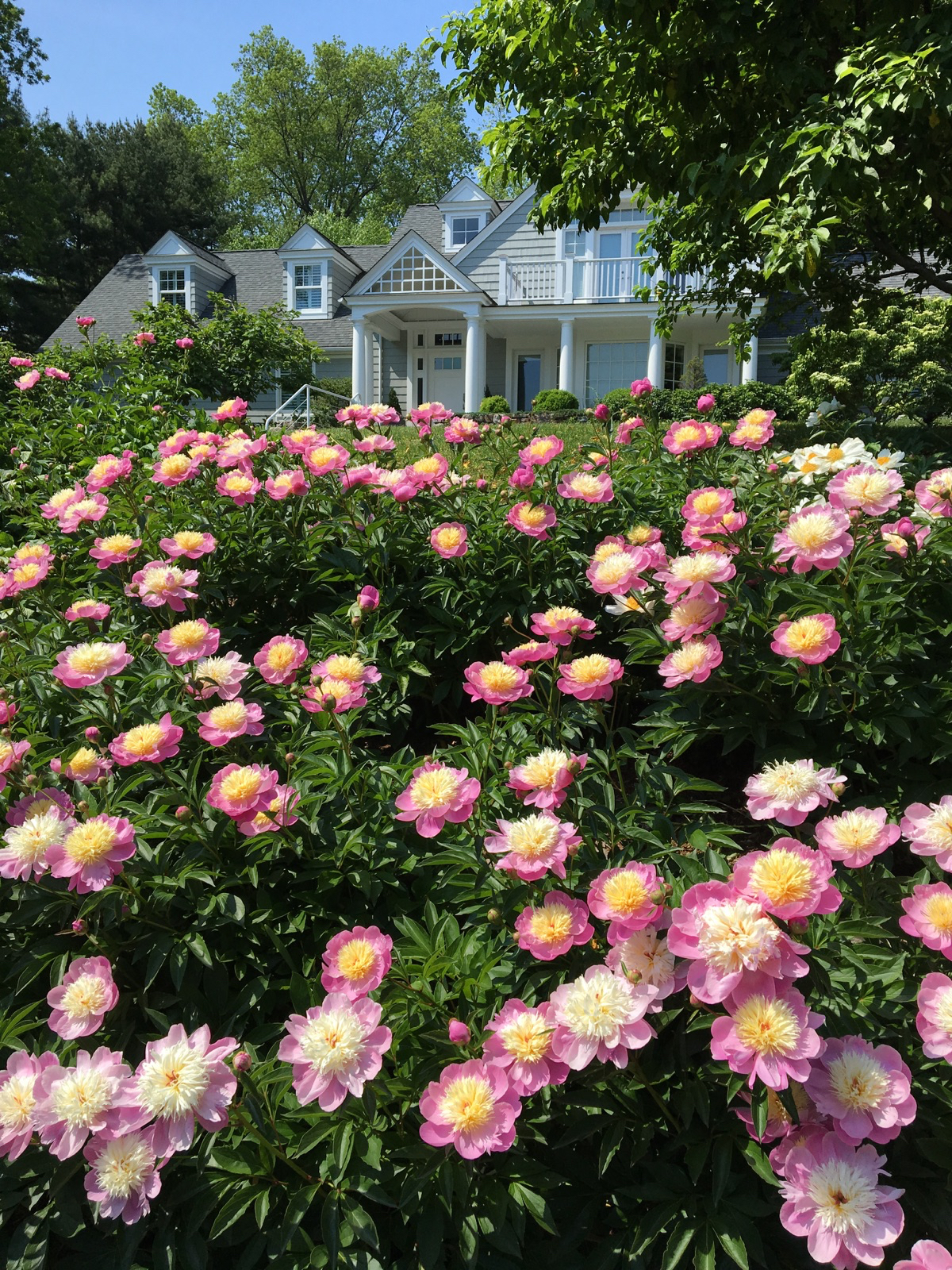
Summertime is perfect for travel, to see new sights, taste new foods, and refresh our spirits. Sometimes we return from a vacation, though, only to sigh with relief at the sight of our own front door. There’s something to be said for a chance to relax without packing a suitcase, airport delays, and crowds of tourists. With a little advance planning, we can turn a stay at home into a luxurious retreat.
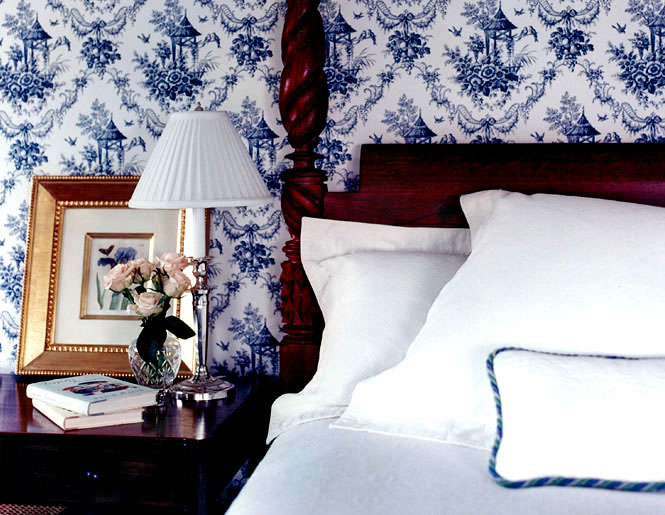
Start by thinking about what you love when you travel. If the feeling of luxury and being pampered is part of what makes a hotel stay desirable, then recreate that escape at home. Toss out old bedding, and invest in good quality organic cotton sheets. They’ll feel wonderful against your skin, and will support your health by being toxin-free. Buy new pillows, and add a soft alpaca throw at the bottom of the bed.
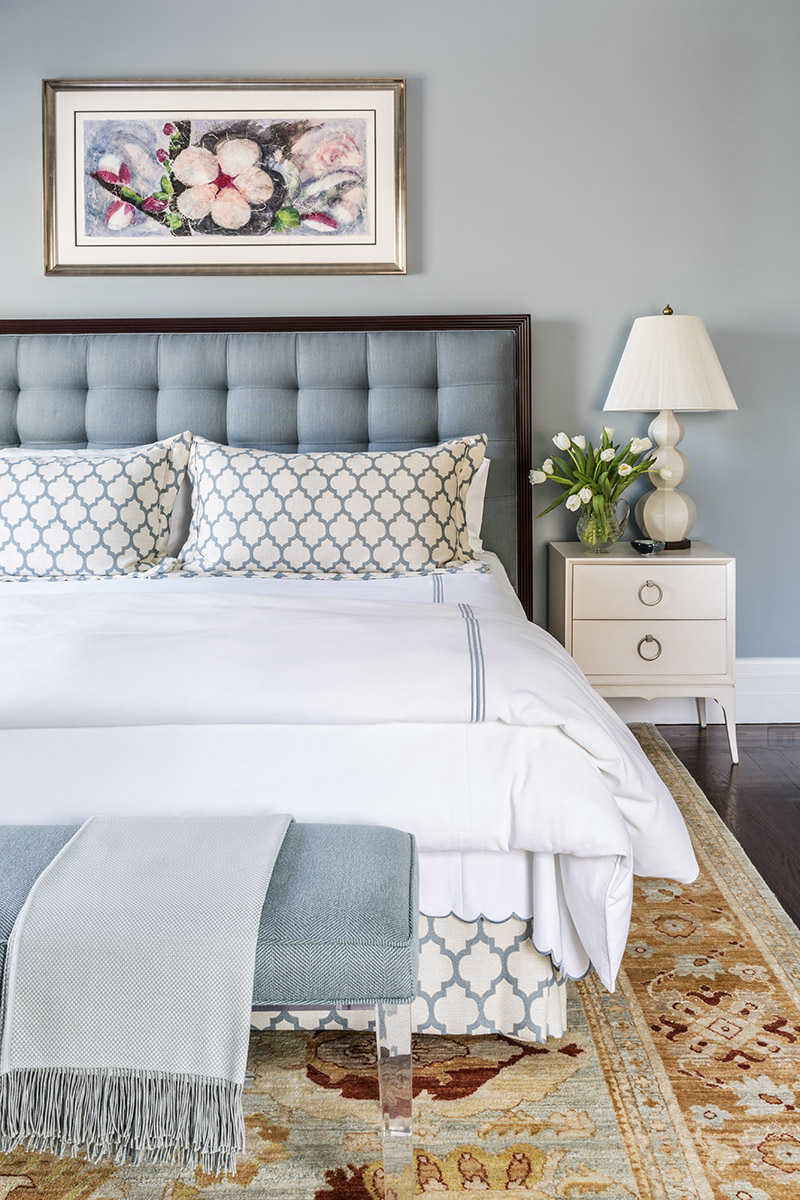
Rejuvenating your body as well as your mind and spirit should be your priority for this vacation. Consider purchasing a room air purifier. A HEPA filter will remove allergens and particulates from the air you breathe, then recirculate purified air back into the room.
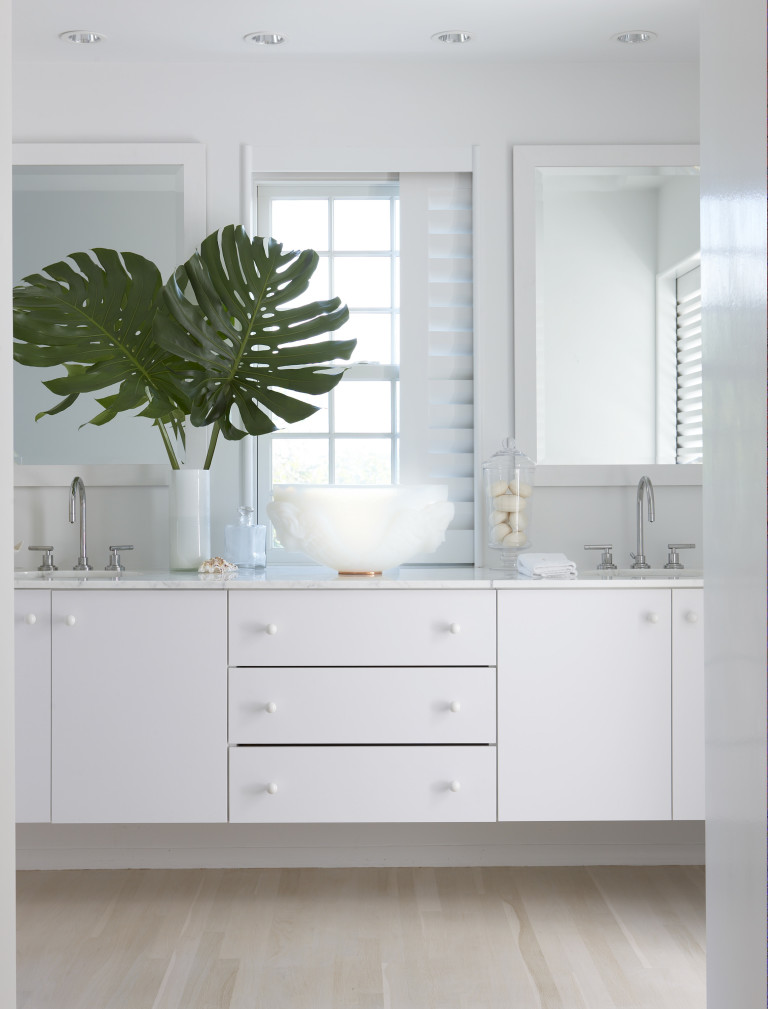
I have a whole house air purification system that keeps the air in my home pristine, and my guests tell me they’ve never felt better or more energized.
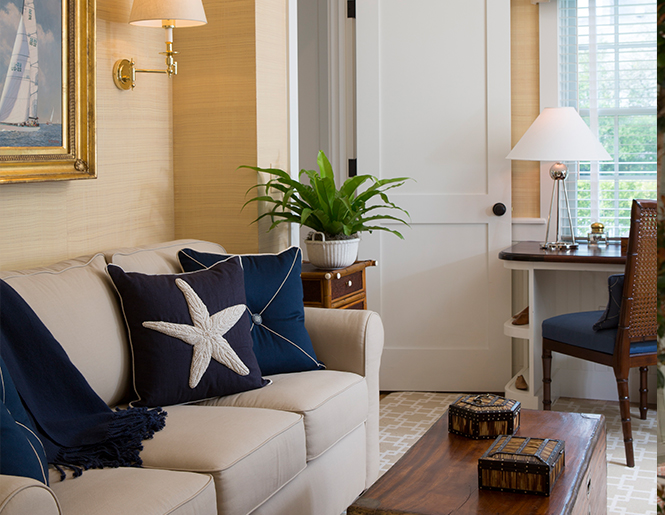
Bring the best summer has to offer inside! I love the look of nautical throw pillows. Add shells and beach-inspired decor to keep you feeling like your toes are in the sand.

I love my collection of vintage sand pails, reminding me that this is the season to remember the delights of childhood, or enjoy them again with little people you love.

Plan a day trip (or three!) to places in your area that you just don’t have time to get to on a regular basis. One of my favorite destinations on Nantucket is Madaket Beach. I also love Pumpkin Pond Farm. My good friend Marty McGowan is an organic farmer who blesses the island with gorgeous flowers and delicious homegrown produce.

Indulge in all the bounty of fresh summer foods–-tomatoes, corn, peaches, plums, and fragrant herbs. Try a new recipe every night!
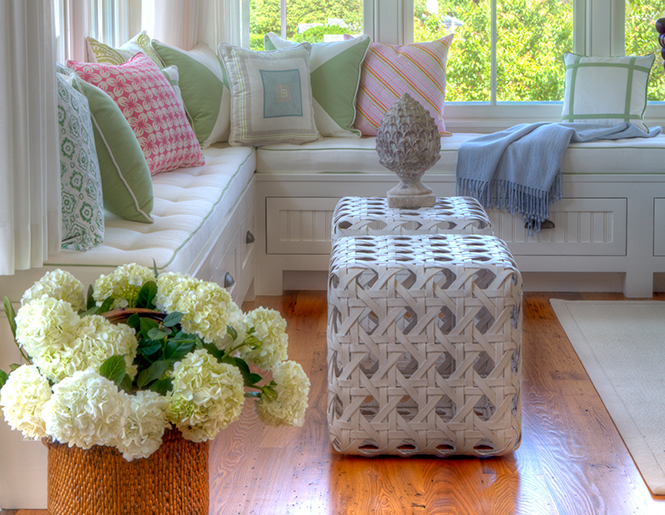
When the afternoon sun starts to make you drowsy, there’s nothing like a window seat where you can curl up with a book to read or to nap.
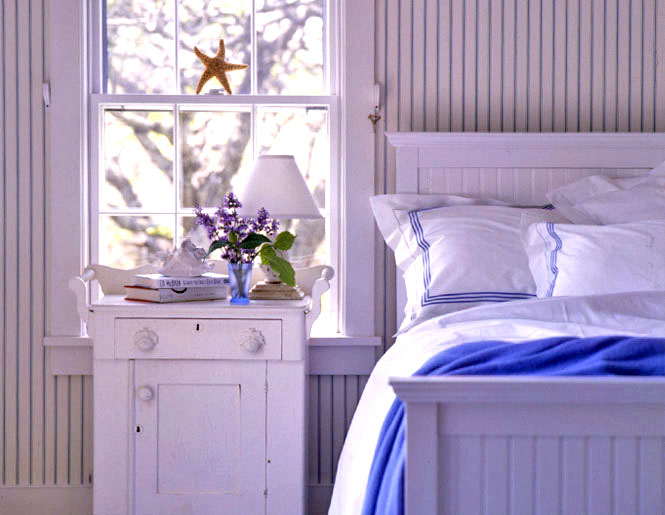
Since you’re staying home, family and friends may be traveling to see you. Arrange guest rooms with the kind of touches that help people feel at home. A small table or chair where they can place their luggage is appreciated. Fill a basket with books you’ve enjoyed, soaps and lotions, and extra towels. The best way to decide if your guest room is ready is to sleep there for a night yourself.
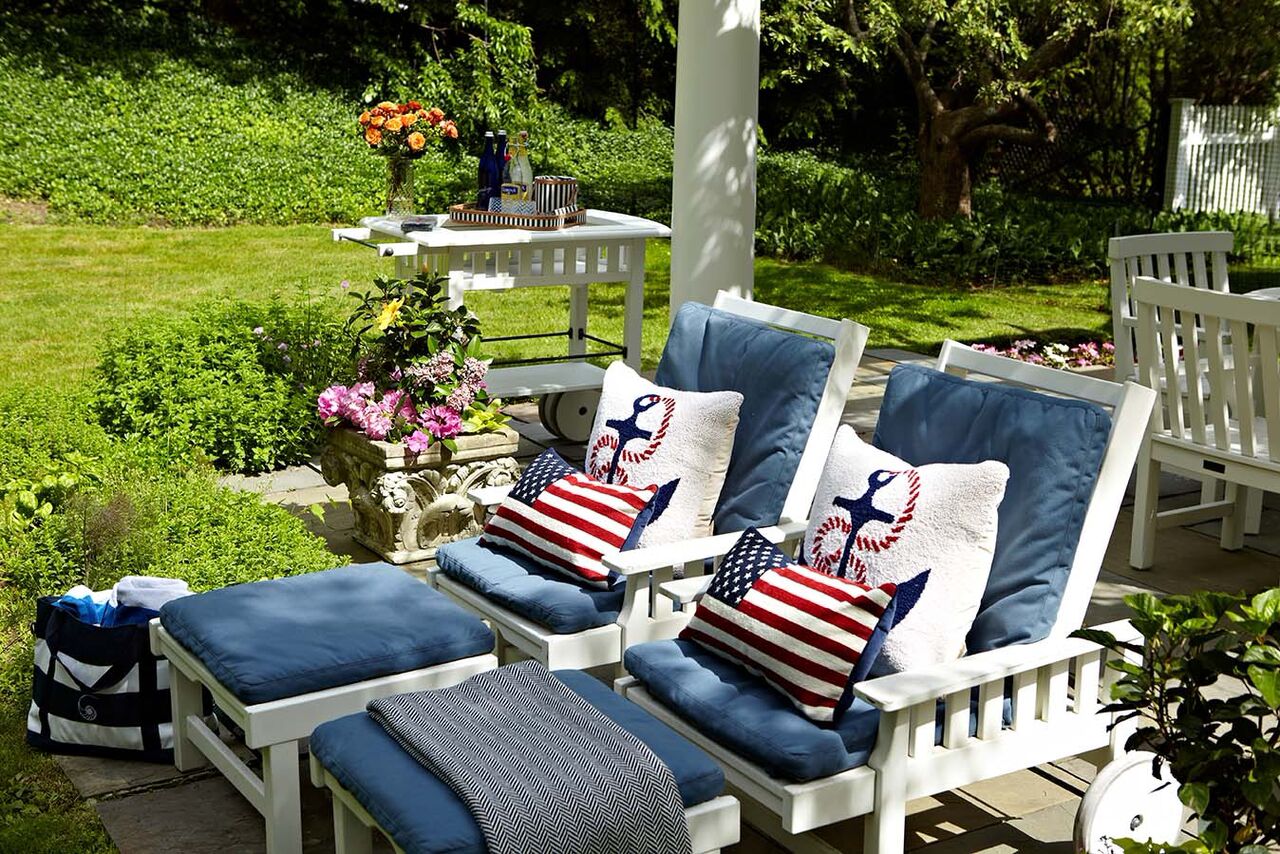
There’s nothing more romantic than a summer evening, so don’t stay indoors and miss it. Be sure to make your patio or deck as comfortable as the interior of your home, with tables, umbrellas, and lots of wonderful places to sit, with cushions and throw pillows so you can relax.

String white lights…

Add lots of candles..

Then listen for the owls, and count the stars in your own backyard.





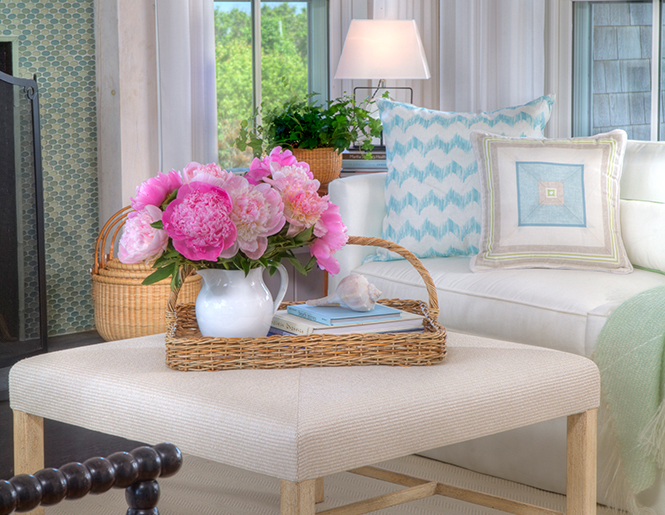

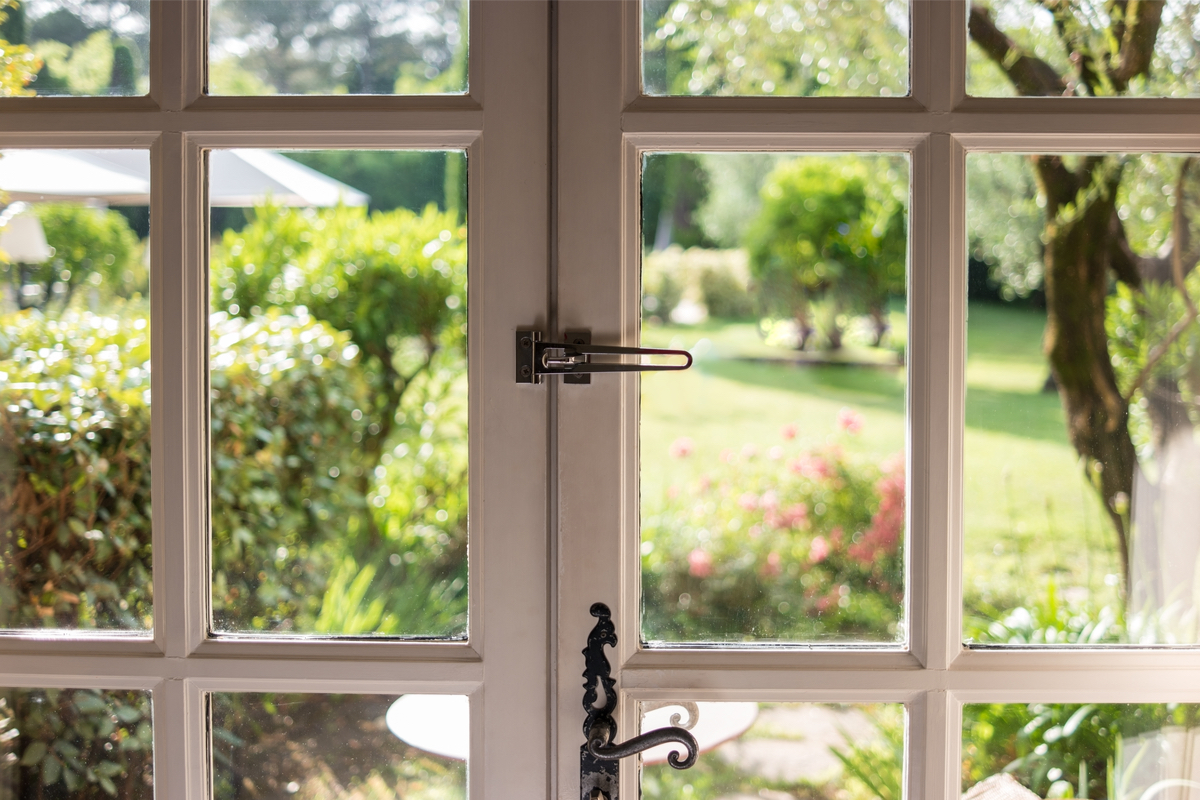

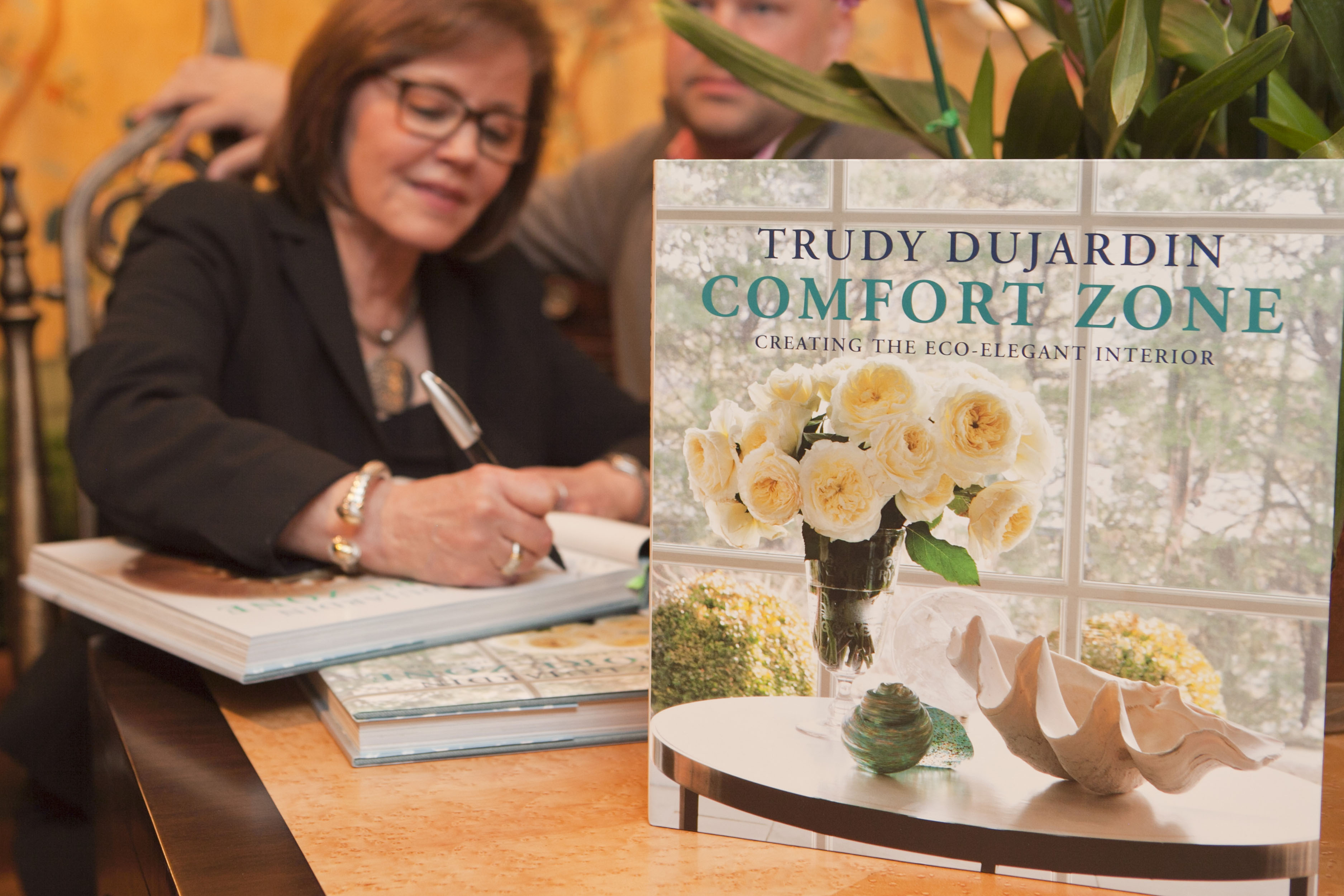
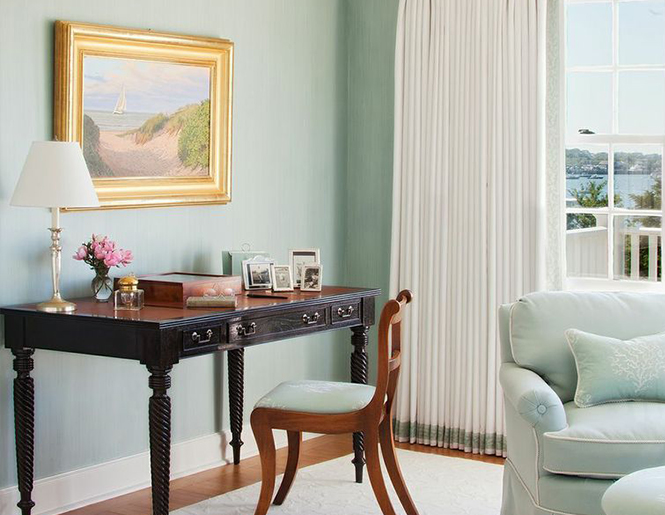
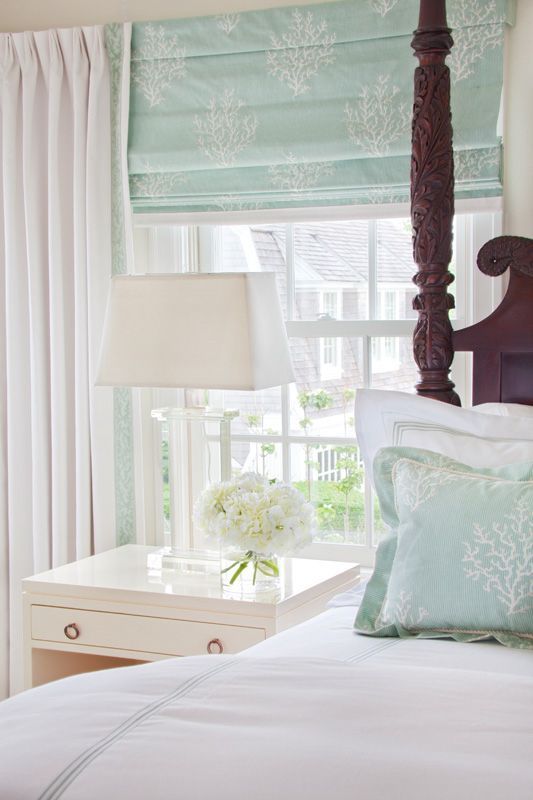
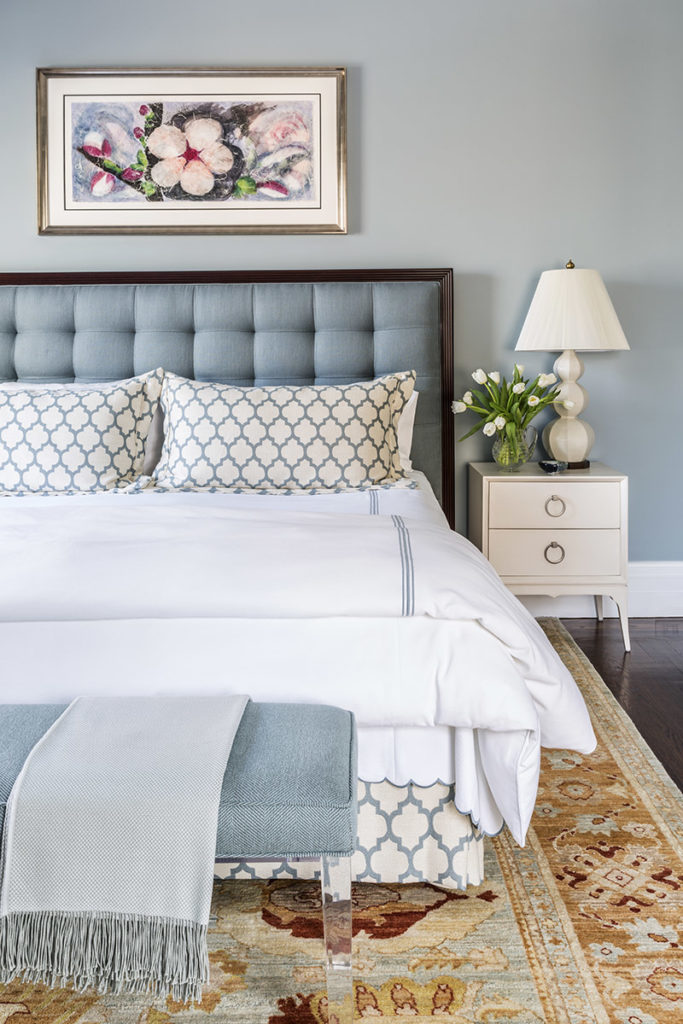
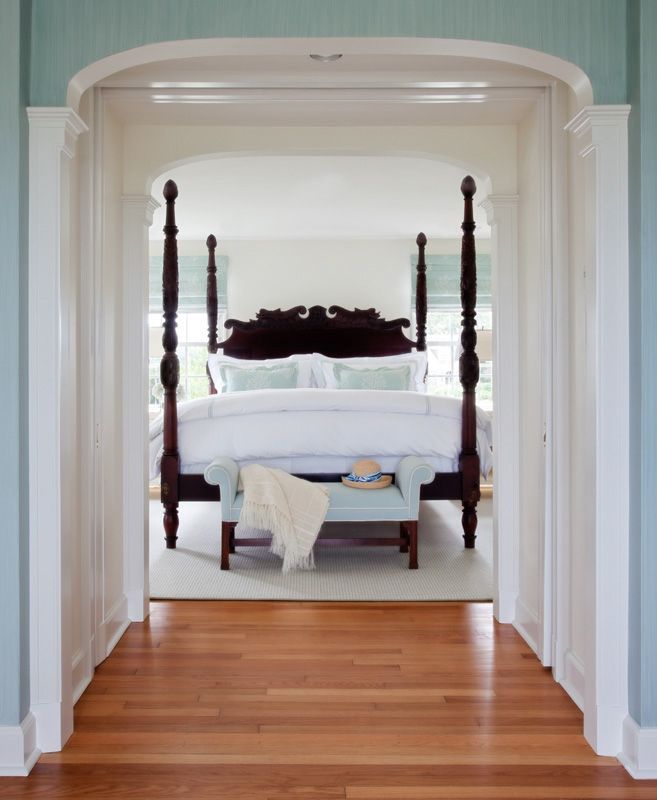
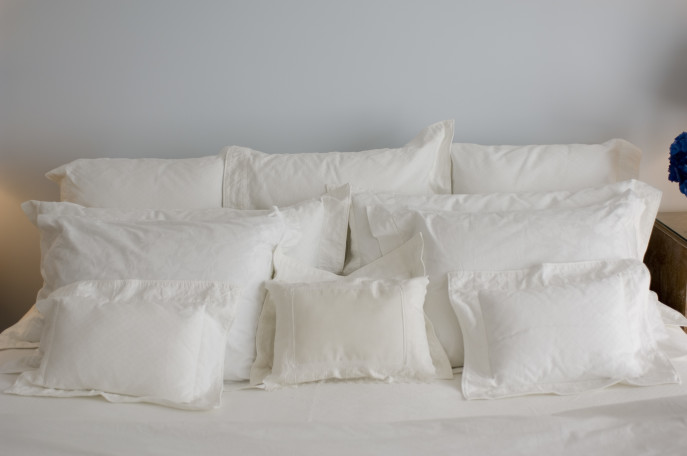

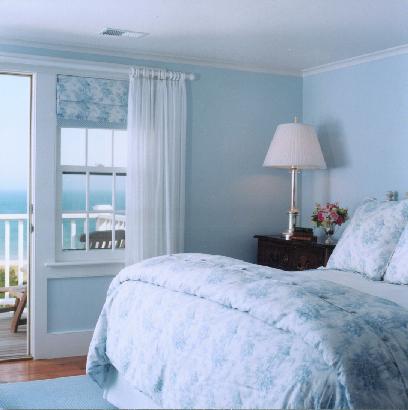
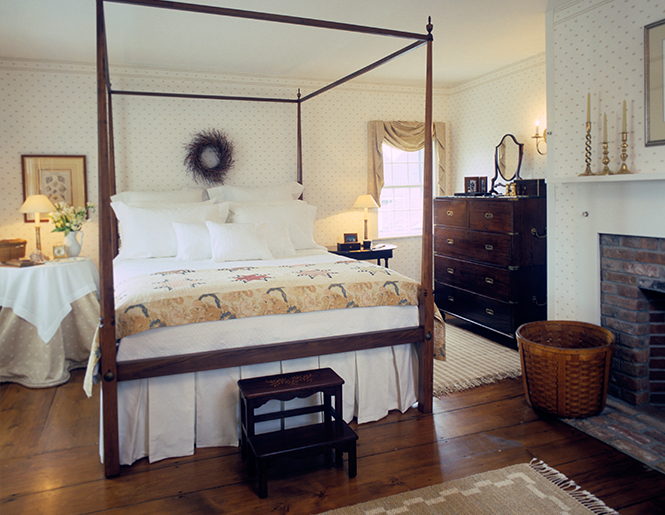
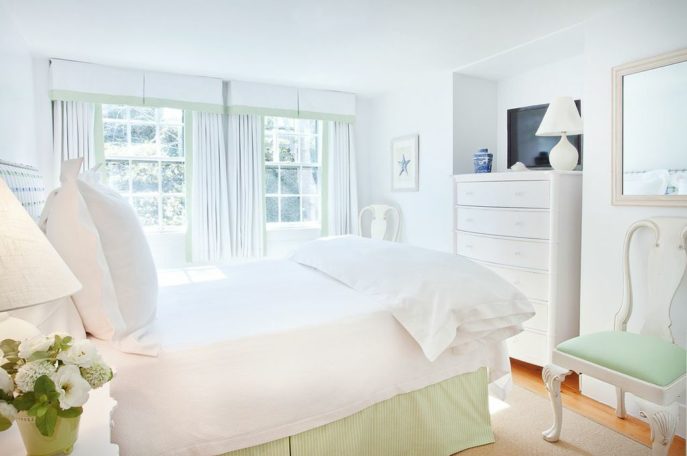
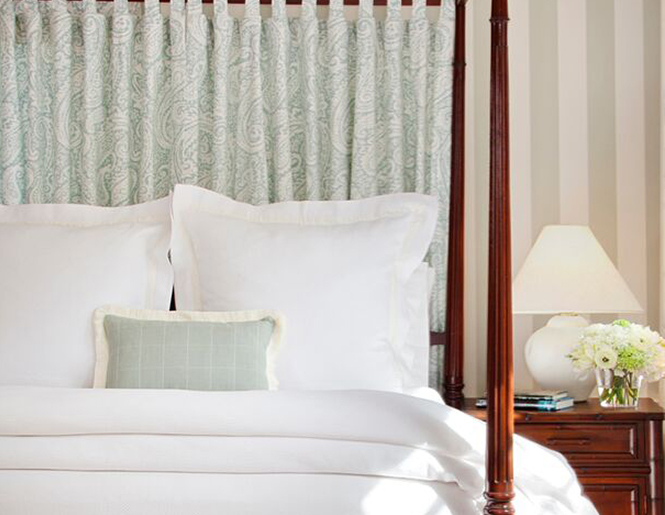

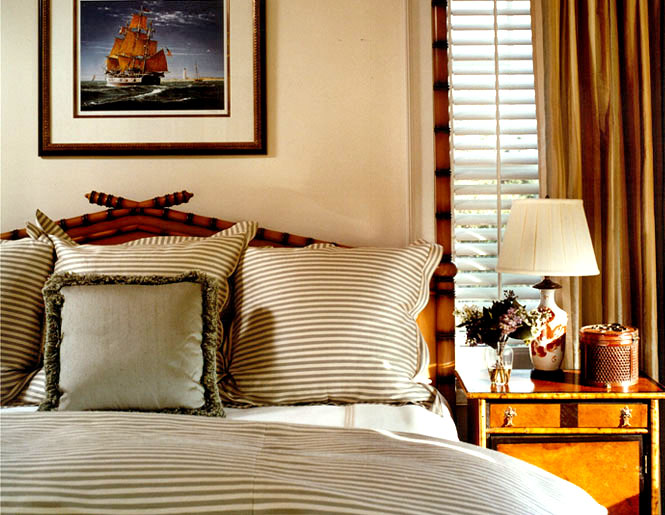
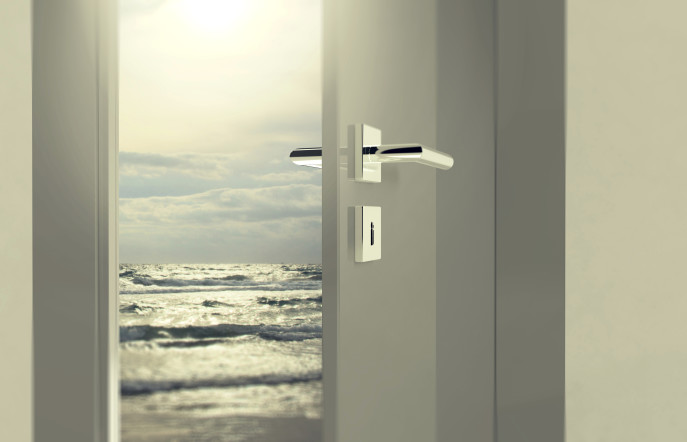 photo from istock
photo from istock